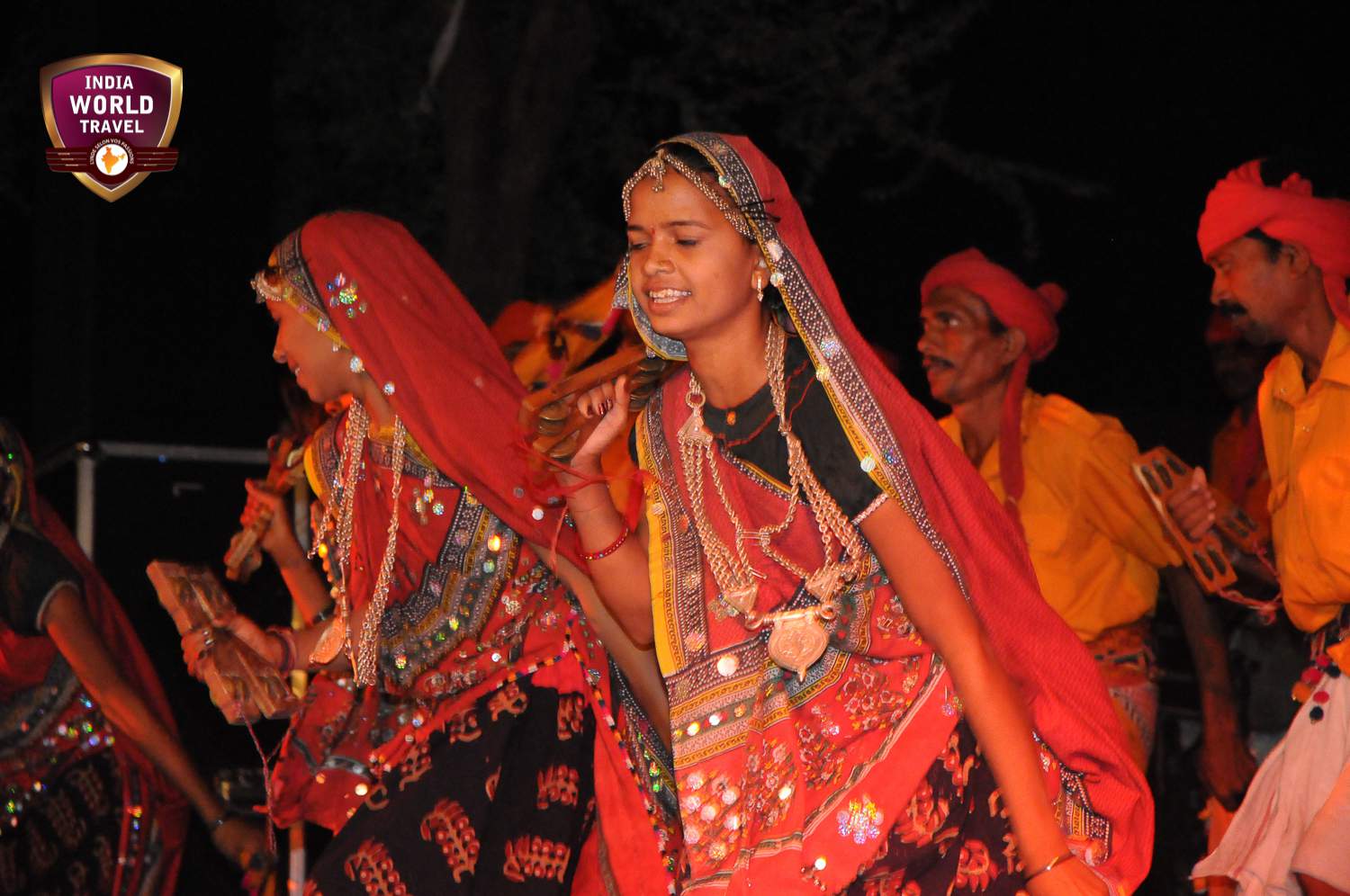Incredible India: National Flag and National Emblem
This is a second part of the series:- Why You Should Travel To India Atleast Once In Your Lifetime. This article post will take you closer to the National Flag & National Emblem of the great nation.
National Flag: The National Flag of India is known as ‘Tiranga’ in Hindi that can be translated as ‘having three colors. The National flag is a horizontal tricolor of deep saffron at the top, white in the middle and dark green at the bottom in equal proportion. The ratio of width of the flag to its length is two to three. In the center of the white band is a navy blue wheel which represents the charkha. Its design is that of the wheel which appears on the abacus of the Sarnath Lion Capital of Ashoka. Its diameter approximates to the width of the white band and it has 24 spokes.
The first Prime Minister of India, Pandit Jawaharlal Nehru, presented it to the Constituent Assembly of India on 22nd July, 1947. it is made up preferably of hand-woven Khadi that is symbolic of the self-depence of the Nation but is available in all types of fabrics and materials.
There are some restrictions to maintain the dignity to the flag such as flying a damaged or disheveled flag or putting it up with the saffron band at the bottom, draping it over the vehicles or private funerals. It is considered unlawful to wear the Tricolor flag as a costume or print it and use it as cushion, napkin or handkerchief.
The use and display of national flag are regulated by the Indian Flag Code: (i) The dipping of the Flag to any person or thing is prohibited. (ii) No other Flag or Emblem is to be placed above or to the right of the National Flag. If hung in a line, all other flags are to be placed on the left of the National Flag. When flown or raised with other flags, the National Flag must be the highest. (iii) The flag is not to be carried flat or horizontally, but always aloft and free; when carried in a procession it is to be brone high on the right shoulder of the standard bearer and carried in front of the procession. (iv) The saffron stripe should always be at the top when the Flag is displayed from a staff projecting horizontally.
 National Emblem: The National Emblem of India has been taken from the Sarnath Lion capital erected by Ashoka. The Asoka pillar of Sarnath, near Varanasi in Uttar Pradesh, was adopted as our national emblem on 26 Jan 1950. An Ashoka pillar depicts four lions on the top standing back to back. Its base has an elephant, a horse, a bull and a lion separated by intervening wheels over a bell-shaped lotus and a Dharma Chakra or the Wheel of Law carved on it. The two-dimensional picture of this emblem has become the official symbol of the government now that only shows three of the four lions and the base having the Dharma Chakra in the center and a bull and horse on either side and an engraved phase that reads ‘Satyameva Jayate’ in the Devanagari script. The phrase is translated to mean ‘Truth alone triumphs’.
National Emblem: The National Emblem of India has been taken from the Sarnath Lion capital erected by Ashoka. The Asoka pillar of Sarnath, near Varanasi in Uttar Pradesh, was adopted as our national emblem on 26 Jan 1950. An Ashoka pillar depicts four lions on the top standing back to back. Its base has an elephant, a horse, a bull and a lion separated by intervening wheels over a bell-shaped lotus and a Dharma Chakra or the Wheel of Law carved on it. The two-dimensional picture of this emblem has become the official symbol of the government now that only shows three of the four lions and the base having the Dharma Chakra in the center and a bull and horse on either side and an engraved phase that reads ‘Satyameva Jayate’ in the Devanagari script. The phrase is translated to mean ‘Truth alone triumphs’.
Ashoka was a great Mauryan King who was known far and wide for converting to Buddhism after seeing the after effects of the war imposed by him on the small states surrounding him, especially on Kalinga. He was said to be full of remorse seeing the ill effects his ambition had brought on the soldiers and families from both the sides. His emblem has now become the official seal of the President of India and Central and State Governments of the Indian union. Ashoka erected the Lion Capital in the 3rd century BC to mark the spot where Buddha first proclaimed his gospel of peace. Now, it is symbolic of India’s commitment to world peace and goodwill. The three lions visible in the emblem symbolize power, courage and confidence. This State emblem is used only for official purposes and commands utmost respect and loyalty.
There is a bull, a galloping horse, an elephant and a lion, separated by intervening wheels over a bell shaped lotus. The word Satyameva Jayate (truth alone triumphs) have been inscribed in Devanagari script. The National emblem of India is the official seal of the President of India and Central and State Governments. The National emblem is used only for official purposes and commands highest respect and loyalty. It is also a symbol of independent India’s identity and sovereignty.
The emblem forms a part of the official letterhead of the Government of India, and appears on all Indian currency as well. It also sometimes functions as the national emblem of India in many places and appears prominently on the diplomatic and national Passport of the Republic of India.
Photo Credit:- Wikimedia Commons



![[ VOYAGE MOTO AU GUJARAT]
Une expérience hors des sentiers battus à moto
📆 Prochain départ du 16 Dec 29 Dec 2024
🕧 Durée : 16 jours
Plus d'infos, ici 👉 https://rb.gy/y8fbpg
#IndianRides #Gujarat #offbeatTravel #Voyage #moto #AventureMoto #MotoInde #VoyageMoto #IndianEscape #IndianExperience #Inde #IndiaTravelgram #Travelling #Traveling #Traveladdict #voyageaventure #passionvoyage #voyagerloin #voyager](https://www.indianrides.com/motorcycle-tour-blog/wp-content/plugins/instagram-feed/img/placeholder.png)
